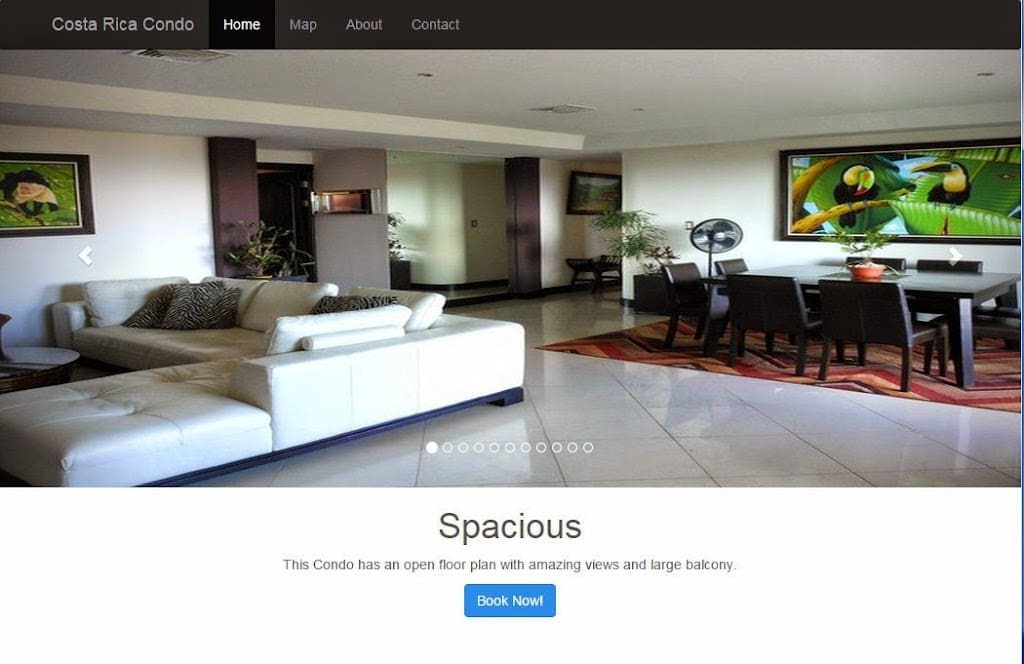This old T-shirt was acquired at a trade show many years ago. As my Dad would say, the price was right.
I still wear it sometimes it’s really soft. It has some paint on it and the lettering is a little faded.
Why it’s my favorite is one of those longer stories that old people like to tell. Sort of like the
stories about how I used to walk to school uphill for miles in the snow and rain when I was a kid. So, if you have the time, pull up a chair and listen.
The t-shirt just says “The VisiCalc Package” on it, and the company that made it – Software Arts.
Most people may not have ever heard of VisiCalc. The short answer is that it was the first spreadsheet. The pre-cursor to Excel. It ran on the Apple II, the first personal computer available.
There is a great article about how the spreadsheet transformed business and just how evolutionary
this little piece of software is:
A Spreadsheet Way of KnowledgeVisiCalc also made the personal computer more than a toy or a game machine. At the time, it became a
valid reason why someone needed a personal computer. Business guys started carting their own Apple IIs into their office to run VisiCalc at their desks.
I met one of these business guys back when I was working at one of the first software distribution
companies in the 80’s. He wanted me to acquire, set up, configure, and “soup up” one of the new IBM PCs for him. When IBM started making PCs, the personal computer was no longer just personal, it was
big business.
The first IBM PC (how odd that a Chinese company – Lenovo – now makes them)
Setting up his computer was a fun little project on the side for me at the time and I also made about a
thousand dollars. I remember that the whole setup cost him about $5,000. The custom setup had extra memory (512k!, through an add-on that expanded the base memory), an extra large hard disk (5
MEGAbytes!, which at the time did not come standard with the computer but had to be bought and installed separately), PC-DOS , 5.25” floppy disks, and a nifty green screen monitor. The initial specs for the machine were: Intel 8088 processor that ran at the blazing speed of 4.77MHz, memory was 16k, and two 5.25” 160k floppy disk drives. Oh, and it came with a PC-DOS boot diskette put out by this company based out of Seattle named Microsoft.
He gave me his old copy of VisiCalc as he no longer needed it. I am pretty sure he was using SuperCalc, from Sorcim (micros spelled backward) on the new machine. Pack-rat that I am, I still have that old copy of VisiCalc. I also did some programming work in dBase for him, but that is another story.
As I type this on my laptop, which I bought for about $300, which is also connected “wirelessly” to my
Internet service so I can look up interesting articles and research as I write, it can be seen just how awesomely evolutionary this whole technological revolution is changing how we as humans can communicate and interact with each other both individually (email, skype, cell phones), socially (Facebook), as groups and businesses (websites) and exchange money (e-commerce) on a global basis easily.
There isn’t any barrier to one person simply making something cool and then making it available worldwide. Nor is there any barrier to communicating or interacting with anyone on this planet.
Any single person’s ideas can be written, spread, translated, and understood by anyone on the planet.
We can also describe where we are and share our experiences visually and with sound! How cool is that?
I doubt that the creators of VisiCalc set out to change the world. Seems to me like they were just solving
a problem and came up with a good idea of how to do something better using what they knew. One of the guys who created VisiCalc is still doing cool stuff. Here’s a link to what Dan Bricklin is up to
Alpha
SoftwareThis old t-shirt is just an archaeological relic that reminds me and tells others how far we all have come, and where we have come from and points to how anyone can take what is in front of them right now, work with it, and make new and innovative things that can change the world.
This old t-shirt has significance beyond just being some fabric woven, printed on, and given away to promote an old piece of spreadsheet software that is no longer even available. It is a comfortable and soft reminder of where we have been and the limitless future we have in front of us.
It’s my favorite t-shirt.






